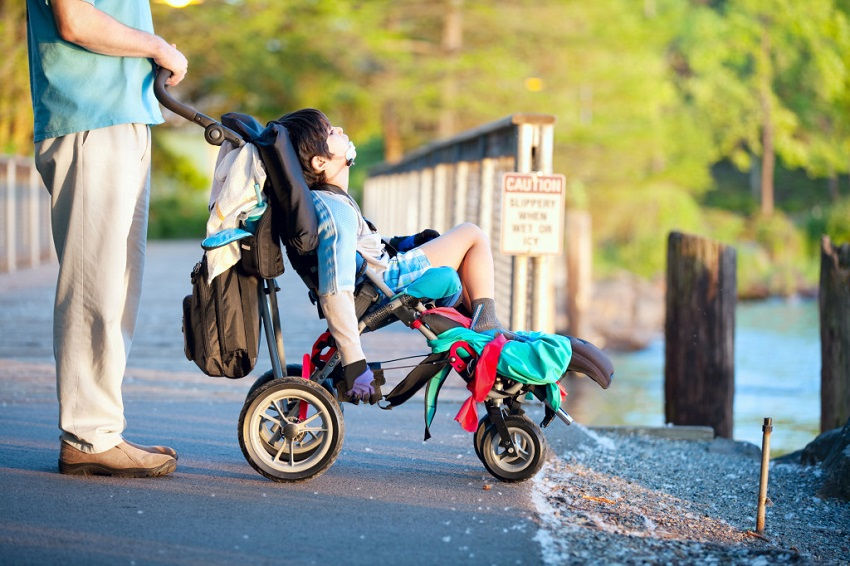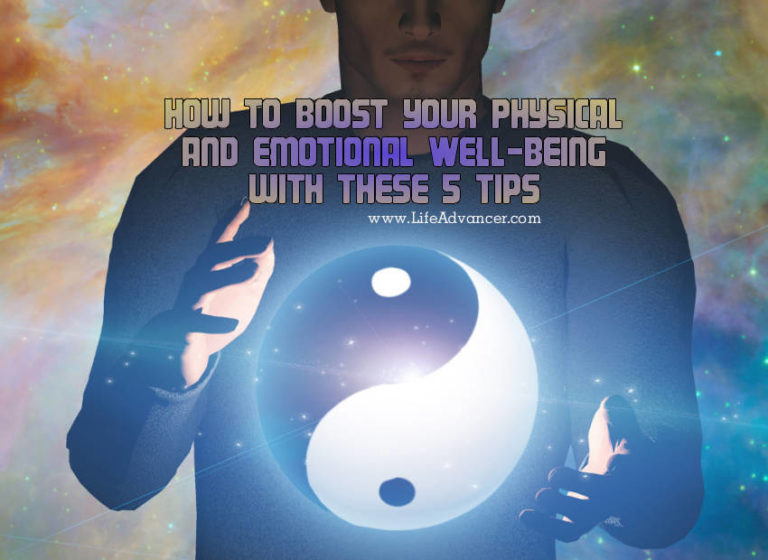Cerebral palsy is a life-changing condition, and it disheartens a parent to know that his or her child has it. All parents should know about this condition. This article discusses cerebral palsy causes in babies and their signs. It also explores coping mechanisms.
What Is Cerebral Palsy?
Cerebral Palsy is a birth disorder that affects muscle tone, motor skills, and movement. A child will find it difficult to move about in a coordinated way. Brain damage usually triggers this condition. It happens during the first few years of life and is a common childhood disorder.
There are a few types of cerebral palsy. There is:
- Spastic Cerebral Palsy, which causes movement difficulties;
- Dyskinetic Cerebral Palsy, which triggers uncontrolled movements
- and Axatic Cerebral Palsy, which interferes with a person’s balance and perception of depth.
We explain each of the variants of CP in the following section. They make a simple movement like standing still hard. Premature babies have a higher risk of developing CP than most. Children with CP have varying degrees of physical disability.
While some are only mildly impaired, others are more so because of severe brain damage. Studies show that the presence of non-cerebral impairments may indicate cerebral disabilities.
CP can cause:
- Vision loss
- Hearing impairment
- Food Aspiration, or the drawing of food into the lungs
- Speech impairment
- Drooling
- Tooth decay
- Sleeplessness
- Behavioral issues
- Seizures
The onset of such problems may result in the child having to use assistive devices, e.g., wheelchairs. Cerebral palsy is a life-changing condition, and it disheartens a parent to know that his or her child has it. All parents should know about cerebral palsy causes and symptoms in babies.
Cerebral Palsy Symptoms in Babies
There are some differences in symptoms of CP, and these depend on the variant of the condition the child has. However, they share similarities.
1. Spastic Cerebral Palsy
A baby with Spastic CP would have difficulties moving from one place to another. They fail to meet developmental milestones and may not walk or crawl by an expected age.
Moreover, their muscles may be stiff, causing them to have abnormal movements. Speech impairment is a common symptom of Spastic CP as well. The child may have slow oral movements.
2. Ataxic Cerebral Palsy
Approximately 2.6% of individuals with this disorder have Axatic CP. They usually display irregular movements. Also, they may have tremors and unbalanced gaits. Patients with this form of CP may exhibit scanning speech, meaning that they speak in breathy monotones. Their eye movements may be slow.
3. Hypotonic Cerebral Palsy
Babies who have this form of CP have limited muscle tone because of brain malformations. As a result, they cannot control their head movements. They may also have speech impairments and breathing difficulties.
4. Other Disorders
About half the children who have CP will have a seizure disorder. Some may have cognitive challenges. There is a misconception that children with CP are slow. They merely have dysfunctions that are controllable in many circumstances.
6 Cerebral Palsy Causes in Babies

Cerebral Palsy can be daunting, but it doesn’t have to overwhelm you or your child. Knowing its causes will enable its prevention.
1. Infections
First of all are diseases such as:
- Rubella, or German Measles
- Chicken Pox
- the Zika Virus, spread by the Aedes Mosquito
- Syphilis, a sexually transmitted disease
- Meningitis, an infection of the membranes
- Untreated Jaundice, or the yellowing of the skin
- And Toxoplasmosis or a virus triggered by parasites in contaminated food are responsible for many birth abnormalities. This study proves there is an increased risk of CP if a woman suffers from infection during pregnancy. German measles, of course, is one of these diseases.
2. Exposure to Toxins
Interaction with poisonous substances is another of the CP causes in babies. This study proves that an increase in lead levels can cause CP.
3. Breech Births
Also, breech births, which occur when a baby enters into the world feet first, are responsible for CP. Researchers discovered that vaginal breech delivery heightens the risk of this disorder.
4. Low Birth Weight
Babies who weigh less than 5.5 pounds at birth are at risk of having CP, although it varies depending on the type of CP the infant has. This research suggests that low birth weight causes CP.
5. Premature Births
Furthermore, babies born prematurely may develop CP. They may also have respiratory or heart problems. Complications arising from a premature birth may give rise to CP.
6. Mismatched RH blood type
Finally, if a mother’s RH blood type doesn’t match her baby’s, her immune system may produce antibodies that may attack her baby’s brain cells. The resulting brain damage causes CP.
Coping
Receiving a diagnosis of CP from your child’s doctor can be heartbreaking. However, it shouldn’t stop him from living a full life. These coping mechanisms aren’t reliable solutions to the problem of CP, but they can make it easier to bear.
1. Let your kid be himself
First of all, let your child enjoy his or her childhood. The constant doctor’s visits may cause everyone in the family to forget that a child with CP needs to be himself, without inhibitions.
2. Teach independence
Also, a child with CP may find some tasks challenging, but it doesn’t mean that he o she can’t do them. Letting your kid complete activities on his on her own will support him or her into adulthood.
3. Advocacy
Build a support system and always be aware of your child’s rights. Part of coping with CP is being your child’s advocate. You should teach him to be his supporter as well.
Of course, you should find out about your child’s legal rights as well. Unfortunately, discrimination against people with physical or cognitive challenges is a harsh reality. Your lawyer will teach you how to handle an Erb’s palsy lawsuit.
4. Celebrate your accomplishments
Celebrate each success. Your child may not be able to run like Usain Bolt, but he or she can make confident independent steps. Cheer him or her on when he or she can. Explore opportunities to help your child grow and learn.
5. Seek Help
Society is harsh, but many people are willing to help you out if your child has CP. All you have to do is ask; remember that you don’t have to cope with the condition yourself.
6. Take Care of Yourself
Life with CP can be draining. Reserve a part of each day for some well-deserved downtime. You can’t take care of your child if you don’t take care of yourself first.
In all, knowing the causes and symptoms of cerebral palsy in babies will help you and every new mother cope with your child’s condition. While it isn’t easy to manage, you can take small steps to ease the process.





Hey Michelle L.
Thanks for sharing this informative blog with us. I really appreciate you for sharing this awareness about Cerebral Palsy with us.
Well done.
I am really happy to share! We need more awareness about CP and its related conditions.